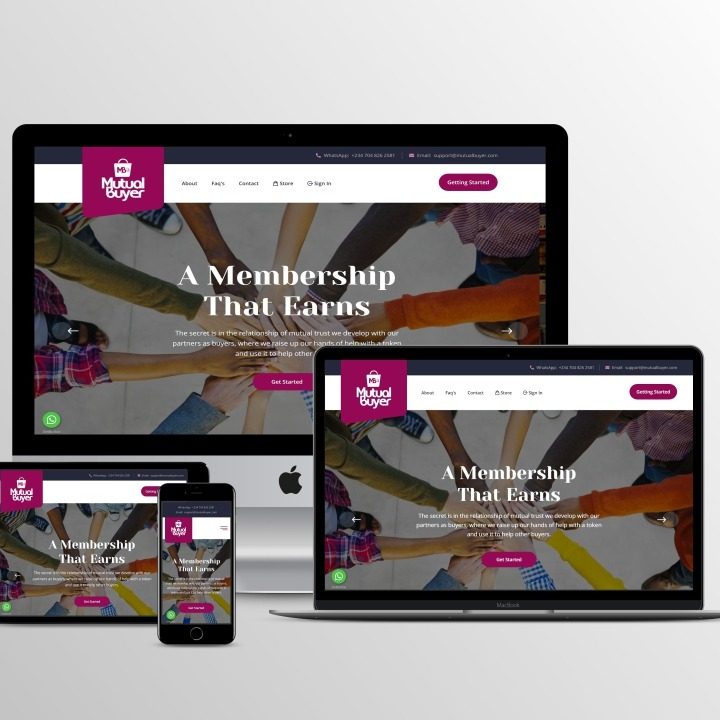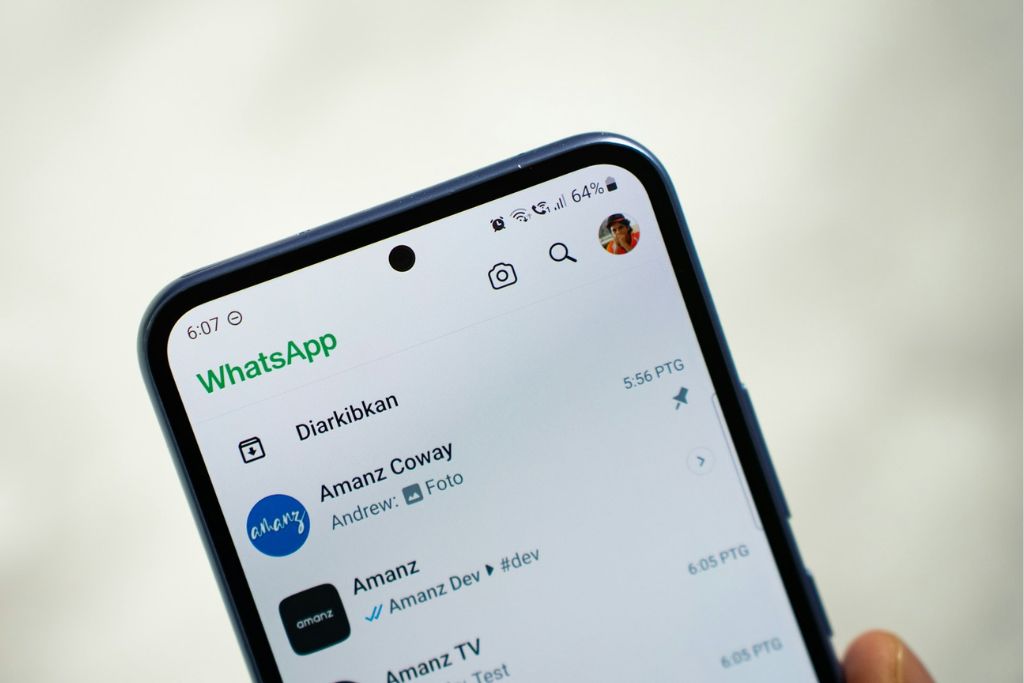WhatsApp – Programming Languages That Built It
WhatsApp is a popular instant messaging app that allows users to send text messages, voice messages, images, videos, and make voice and video calls over the internet. Launched in 2009 by Brian Acton and Jan Koum, it became one of the first messaging apps to leverage smartphone capabilities and internet connectivity as a replacement for traditional SMS and MMS services.
Meta (formerly Facebook) acquired WhatsApp in 2014 for $19 billion, making it one of the largest acquisitions in the tech industry. Since then, WhatsApp has gained more infrastructure support and has integrated with some of Meta’s other services. The acquisition has also spurred Meta’s focus on privacy and encryption, leading to some additional security improvements across their platforms.
WhatsApp’s ease of use, combined with strong security features, makes it one of the most widely used messaging apps globally. With over 5 billion users as of recent estimates, WhatsApp remains a leader in personal and business communications worldwide.
Read Previous Post: How to Benefit from GreenWare Tech Scholarship Program

WhatsApp was initially developed in 2009, and over the years, it has incorporated a variety of programming languages and technologies to enhance its functionality, reliability, and performance. Here are some of the primary languages and technologies behind WhatsApp:
WhatsApp was initially developed in 2009, and over the years, it has incorporated a variety of programming languages and technologies to enhance its functionality, reliability, and performance. Here are some of the primary languages and technologies behind WhatsApp:
1. Erlang:
WhatsApp’s backend is heavily based on Erlang. Known for its ability to handle concurrent and real-time messaging, Erlang is a perfect fit for WhatsApp’s needs. Its lightweight processes and high fault tolerance make it ideal for supporting millions of simultaneous connections, which is crucial for a messaging app with a vast user base.
2. Java and JavaScript:
– Java powers the Android version of the app, allowing WhatsApp to run efficiently on Android devices.
– JavaScript is commonly used for WhatsApp Web and parts of its frontend. It’s especially important for creating a smooth, responsive experience on browsers.
3. Objective-C / Swift:
WhatsApp’s iOS app was initially written in Objective-C, and in recent years, Swift (Apple’s newer language) has likely been integrated as iOS development has shifted toward Swift due to its performance and security improvements.
4. C++:
C++ is used for parts of WhatsApp’s core functionality where high performance is required. It is particularly useful in encryption processes and protocol handling.
5. Cassandra and SQLite:
– Cassandra, a NoSQL database, is used to handle WhatsApp’s vast amounts of data and user metadata.
– SQLite is used locally on devices to store chat histories and media locally for quick access.
6. React (JavaScript Library):
Since the acquisition by Meta, WhatsApp Web might incorporate React, a JavaScript library maintained by Meta, to handle frontend interactions on the web interface.
7. Protobuf (Protocol Buffers):
WhatsApp uses Protocol Buffers (Protobuf), a language-agnostic binary serialization protocol developed by Google, for efficient data serialization between clients and servers. It’s used to make communication more efficient, especially for real-time applications.
8. Linux:
The WhatsApp servers run on Linux, providing a stable, scalable, and efficient server environment to handle massive user loads and maintain high uptime.
These languages and technologies allow WhatsApp to deliver a fast, secure, and user-friendly experience across devices and platforms while supporting high concurrency and reliability.
Read Previous Post: Instagram (by Meta) – Programming Languages That Built It







